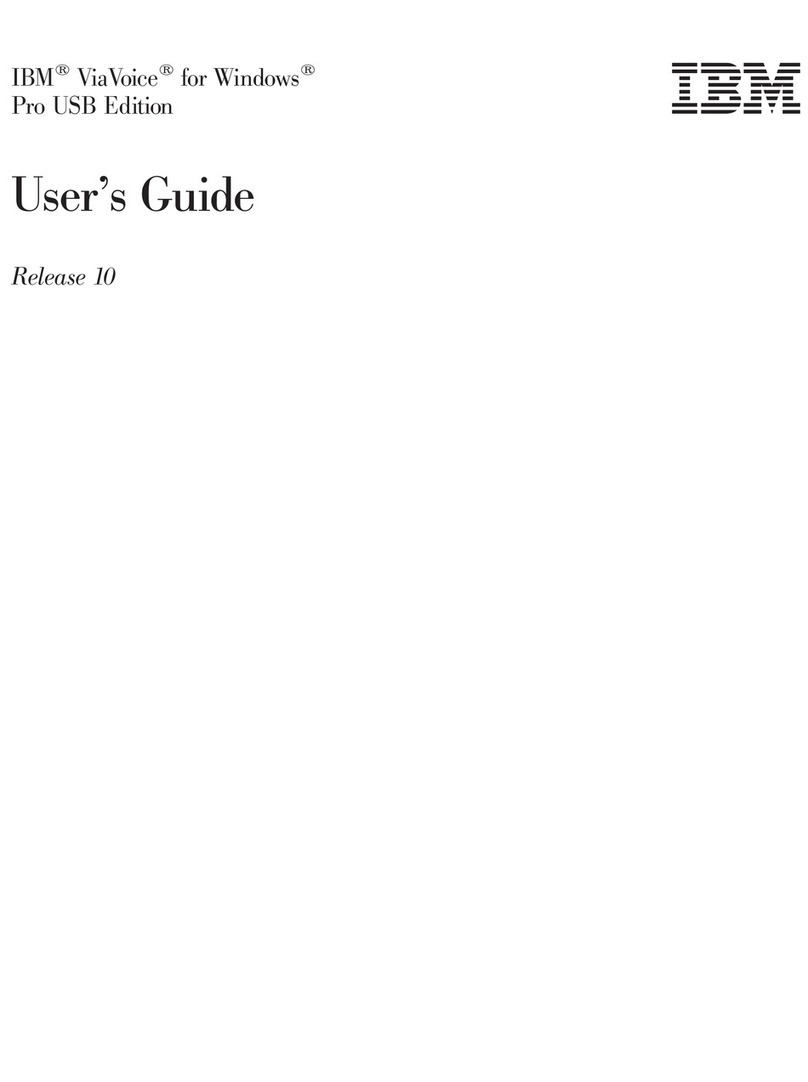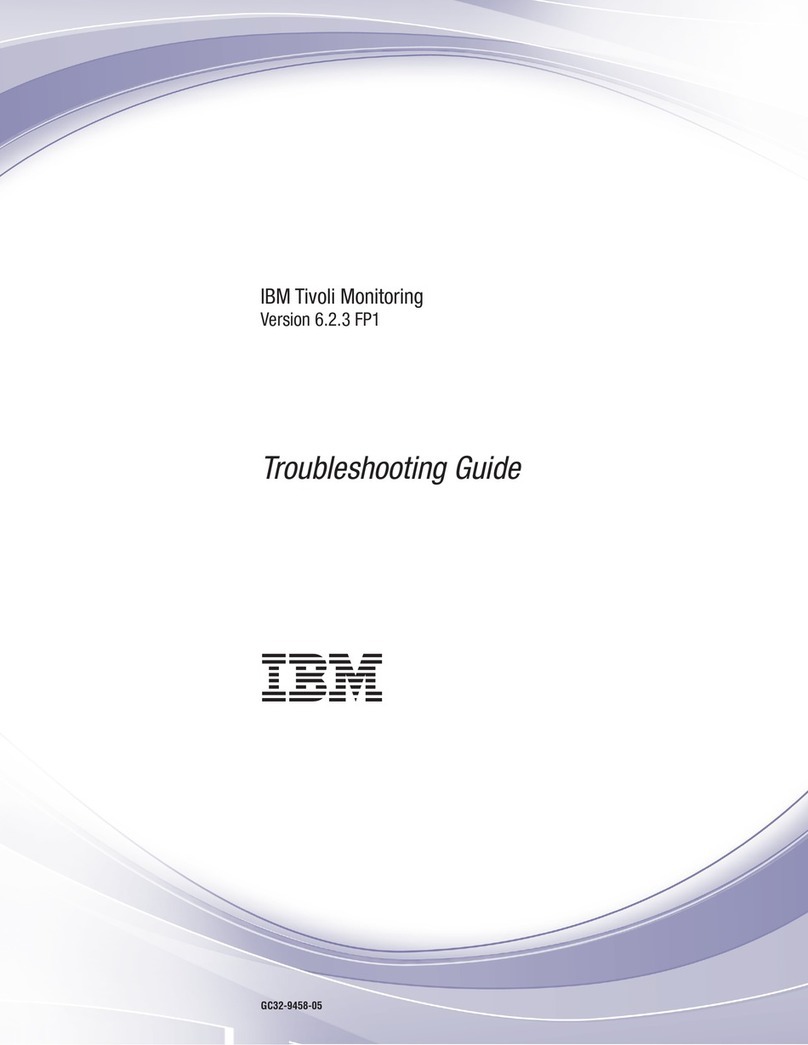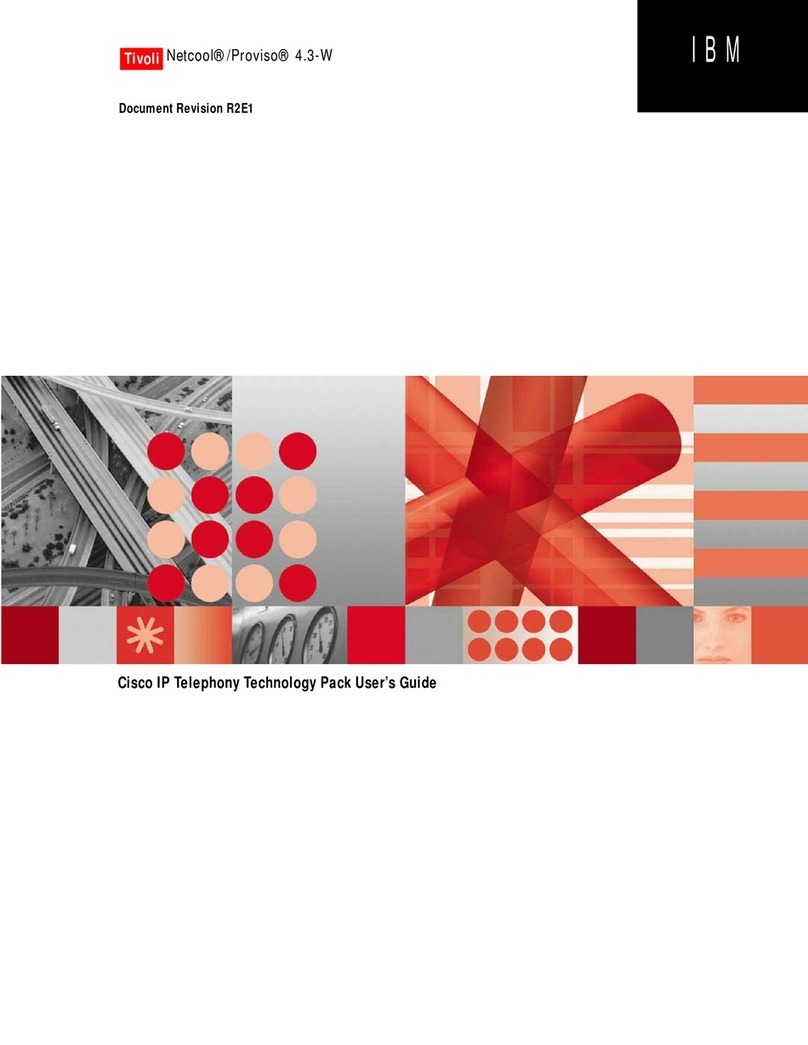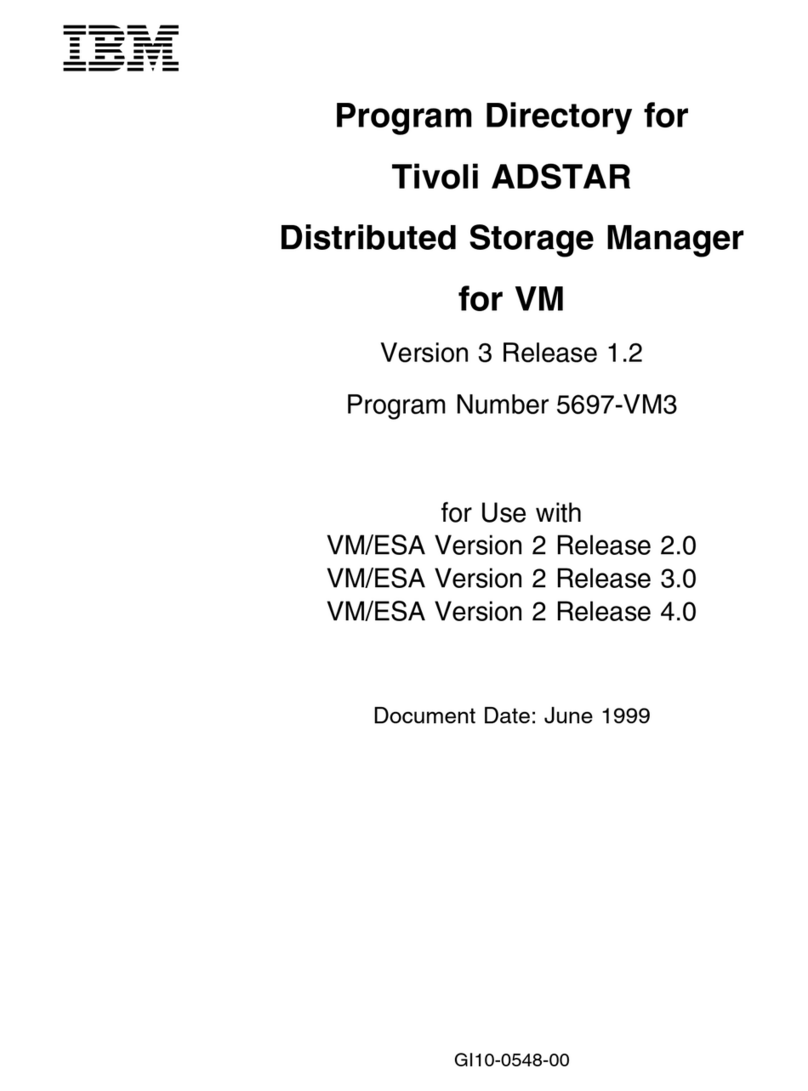IBM ZVSE PARALLEL ACCESS User manual
Other IBM Software manuals
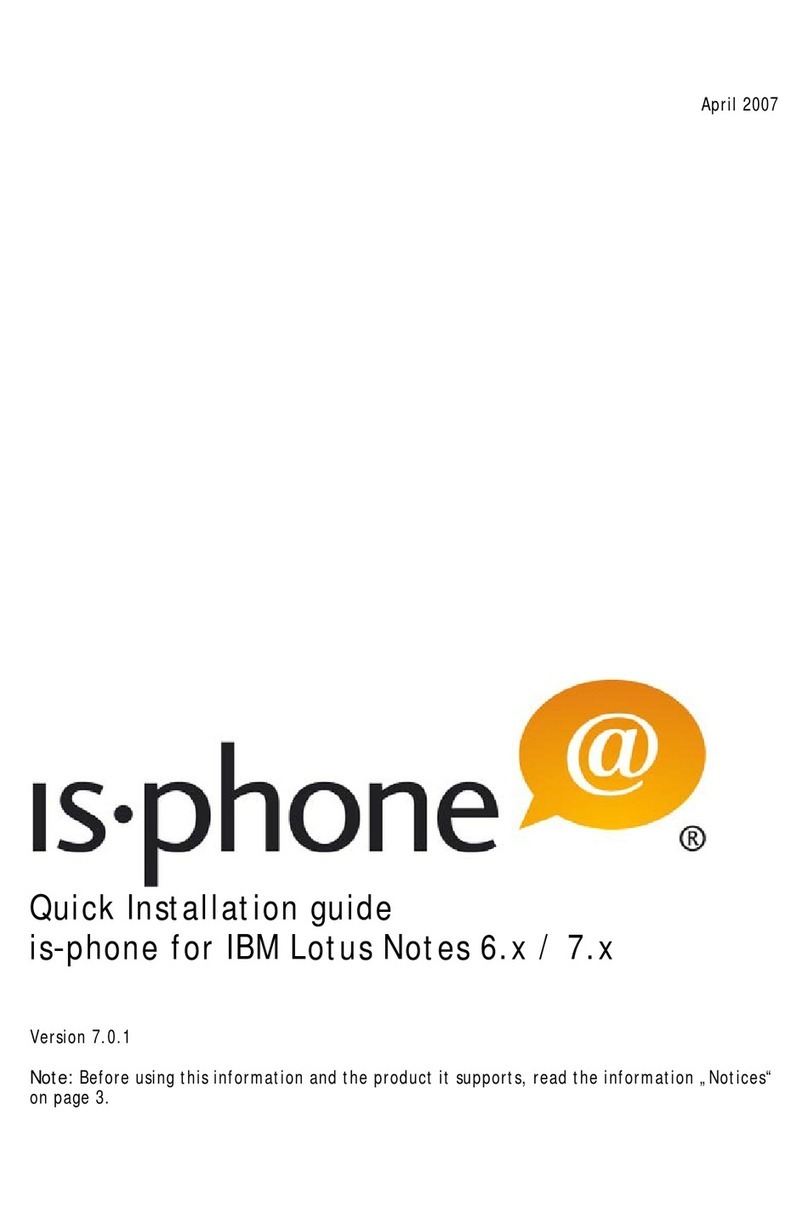
IBM
IBM IS-PHONE 6.X User manual

IBM
IBM ZVM - FOR LINUX V6 RELEASE 1 User manual
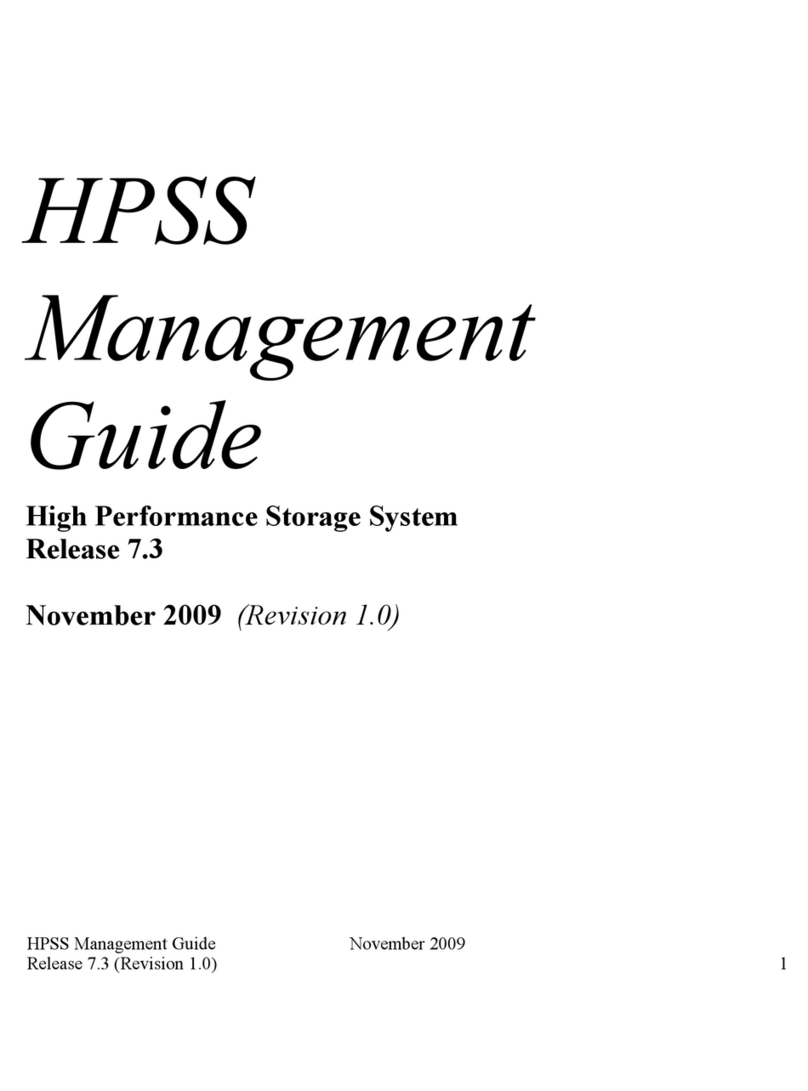
IBM
IBM RELEASE 7.3 Programming manual
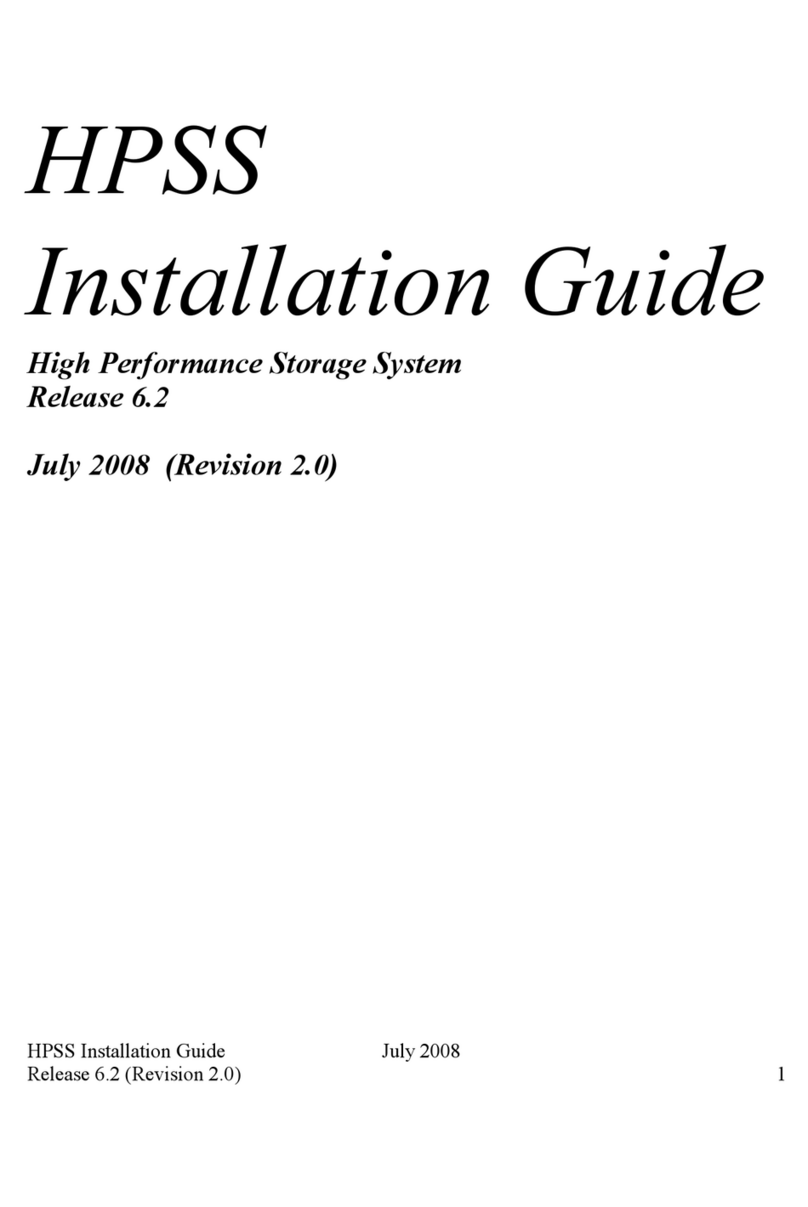
IBM
IBM High Performance Storage System HPSS User manual
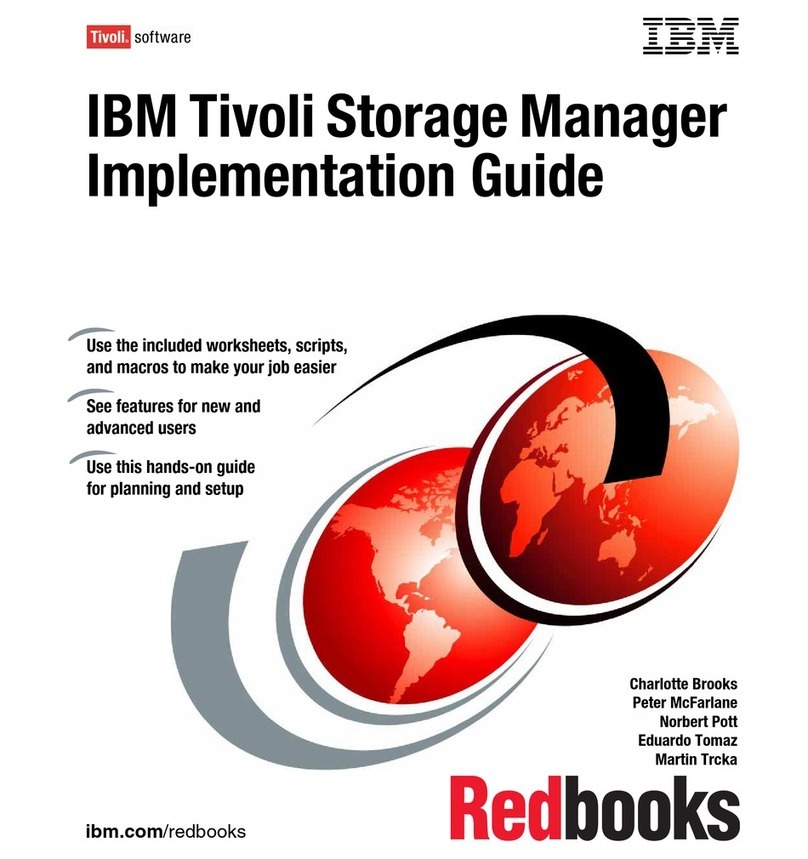
IBM
IBM E16RMLL-I - Tivoli Storage Manager User manual

IBM
IBM SC34-5764-01 User manual

IBM
IBM HS22V BLADECENTER - X5670 FOR SPEC CPU2006 User manual
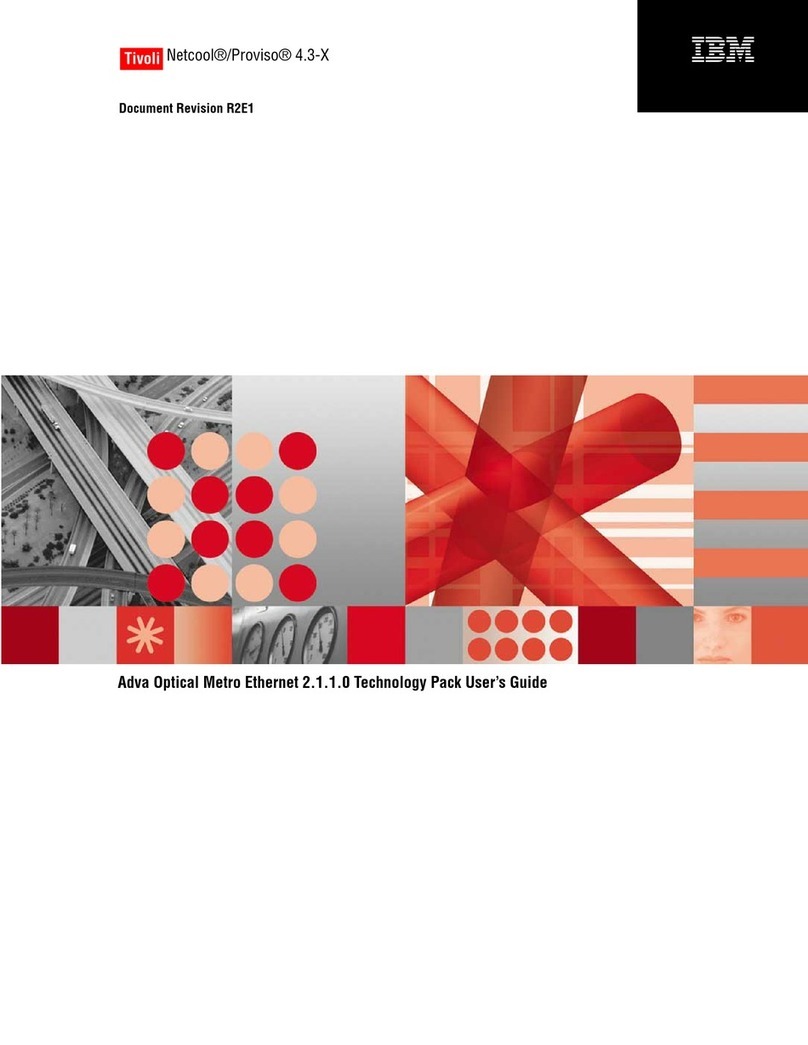
IBM
IBM NETCOOL 4.3-X User manual
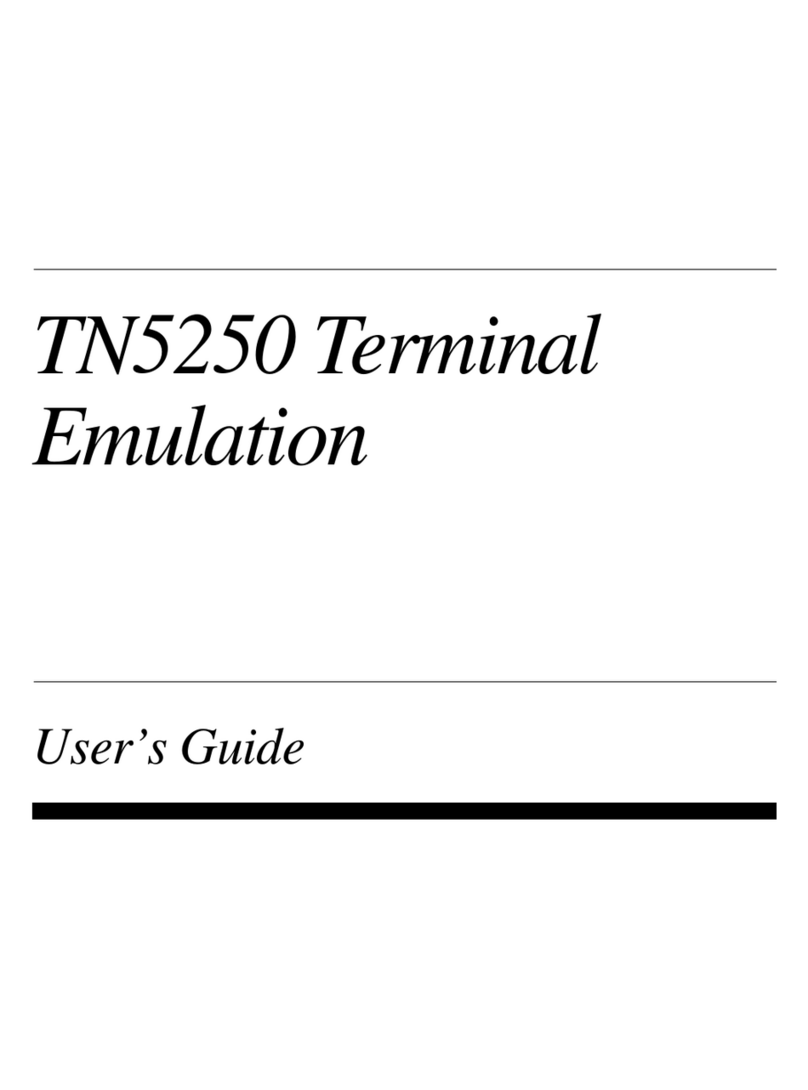
IBM
IBM Terminal Emulation TN5250 User manual
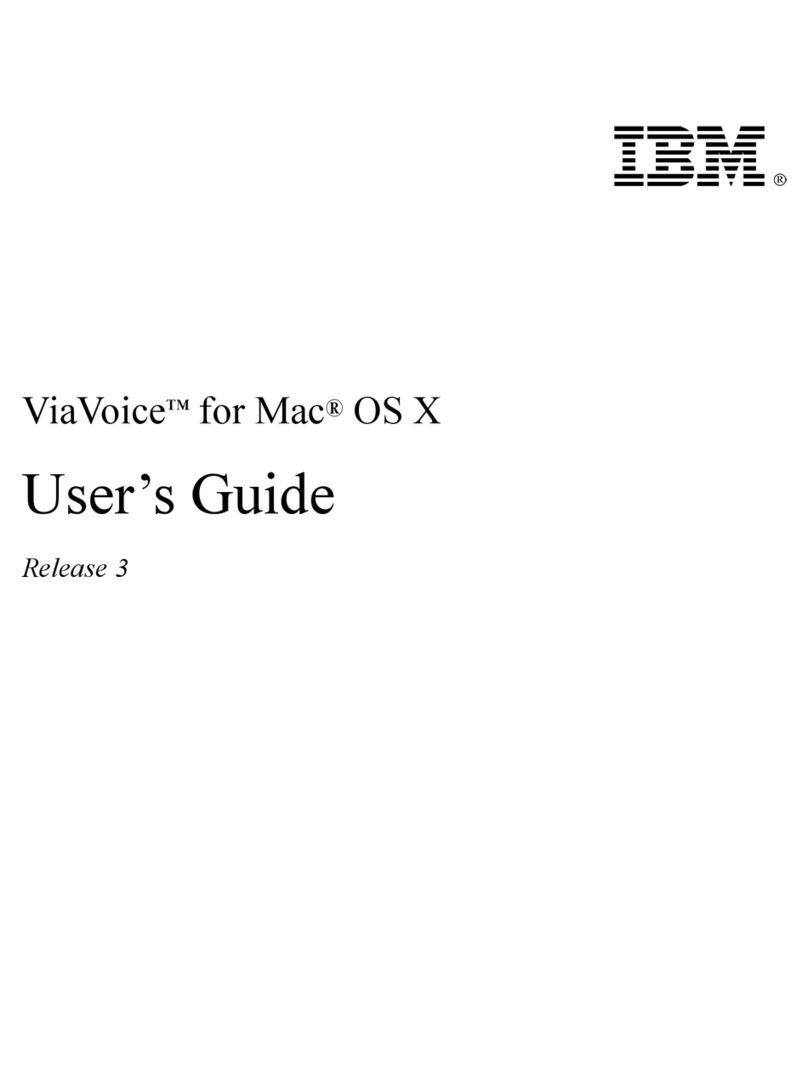
IBM
IBM VIAVOICE 3-FOR MAC OS X User manual
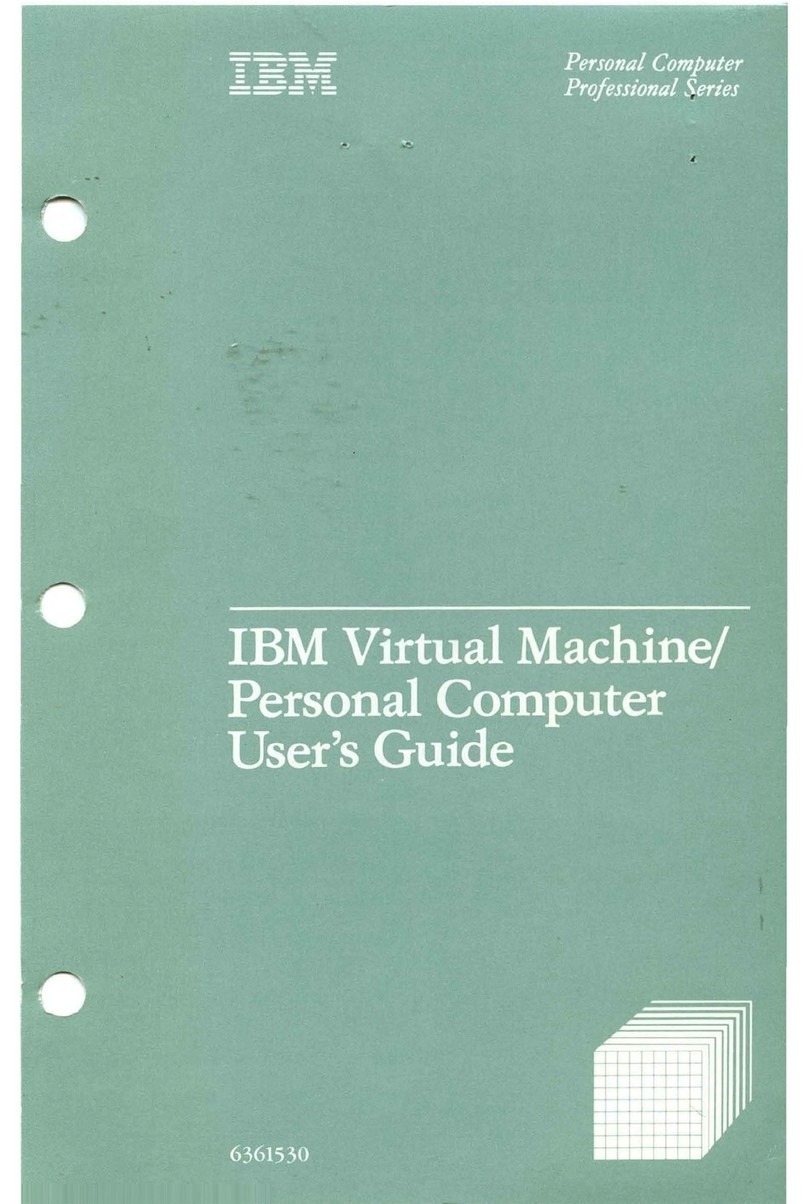
IBM
IBM Professional Series User manual
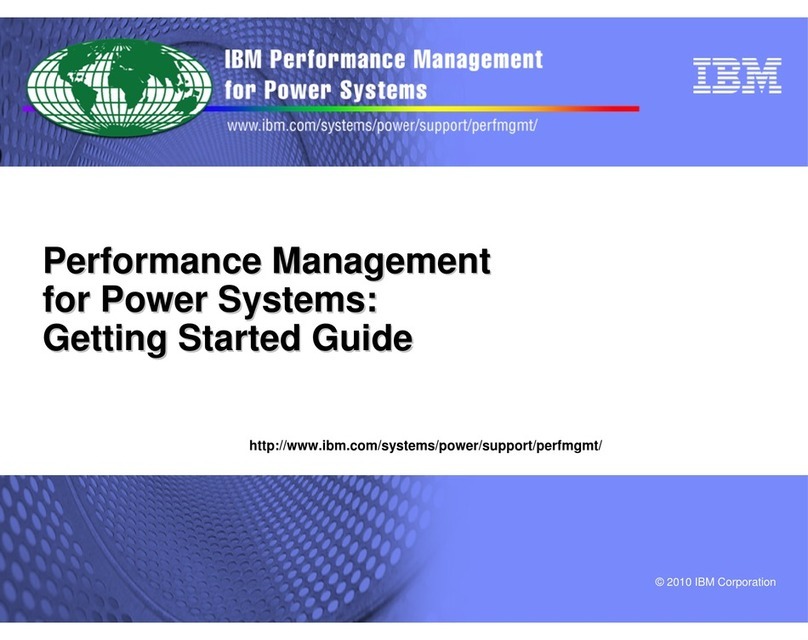
IBM
IBM PERFORMANCE MANAGEMENT FOR POWER SYSTEMS User manual
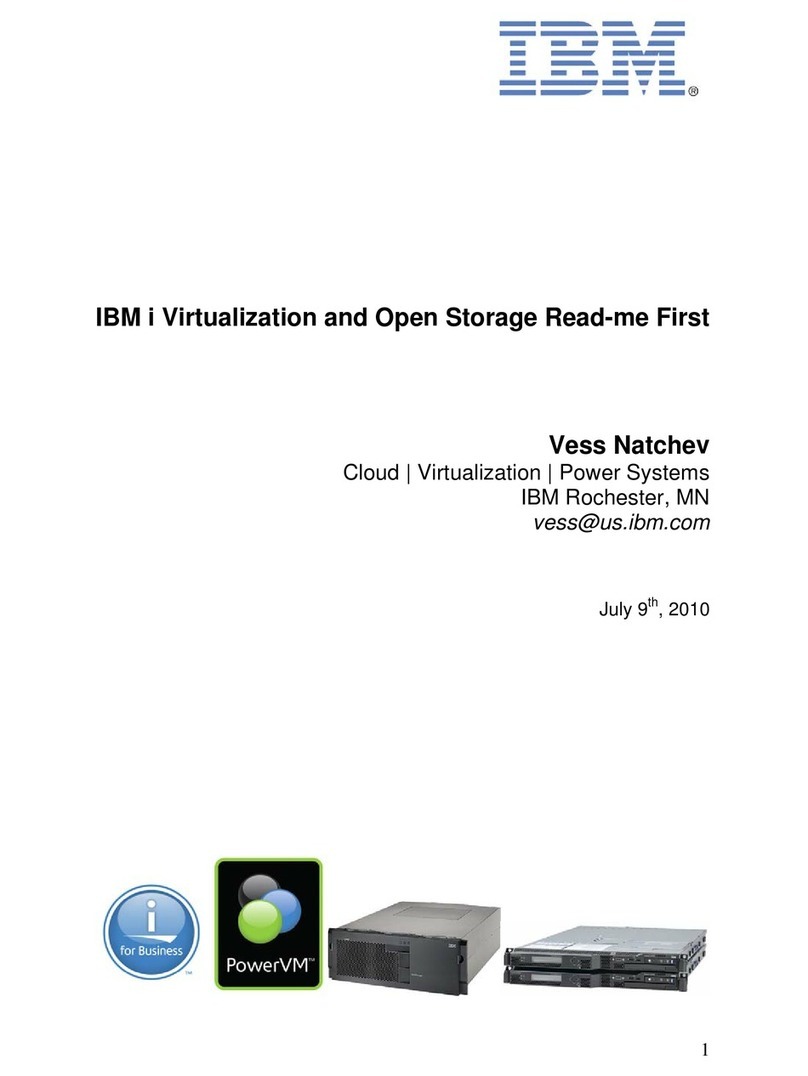
IBM
IBM I VIRTUALIZATION - READ ME FIRST 7-9-2010 User manual
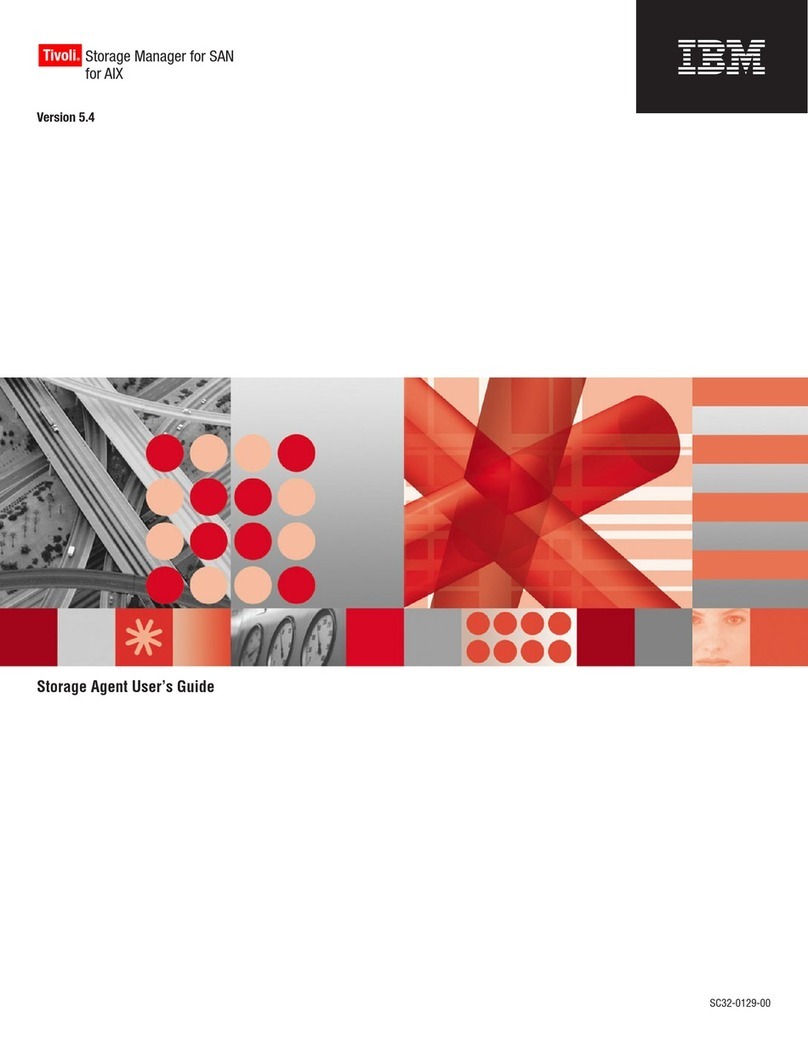
IBM
IBM TIVOLI SC32-0129-00 User manual
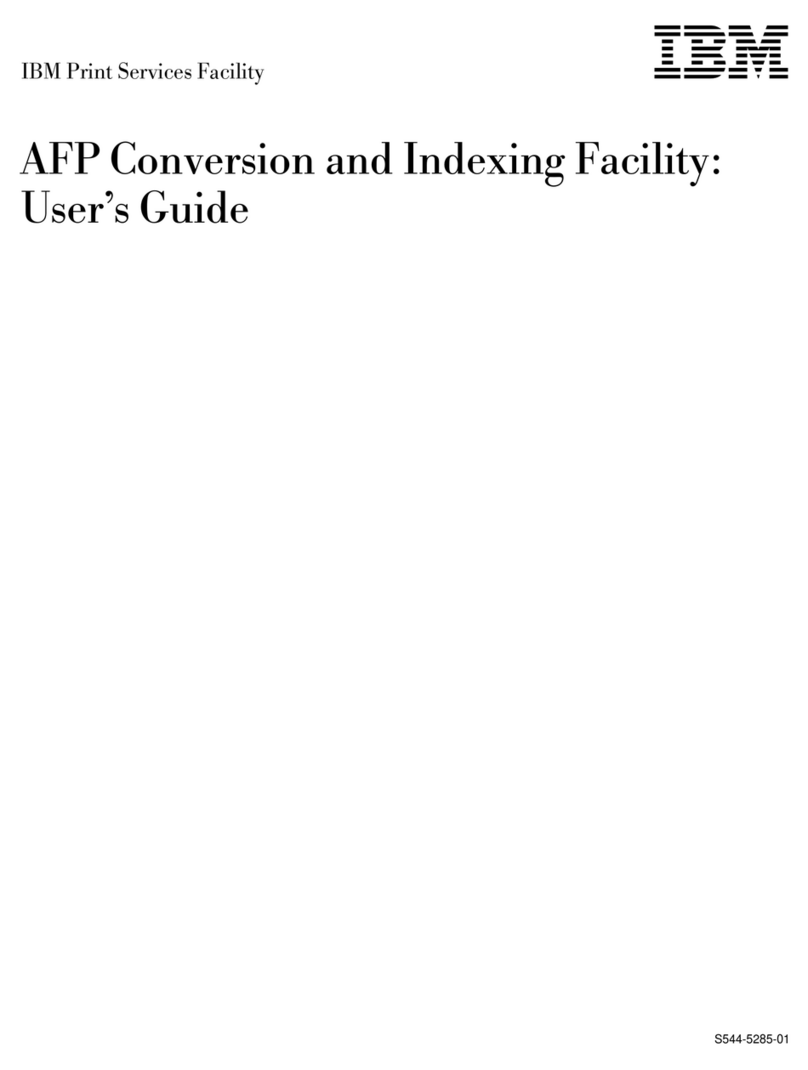
IBM
IBM S544-5285-01 User manual
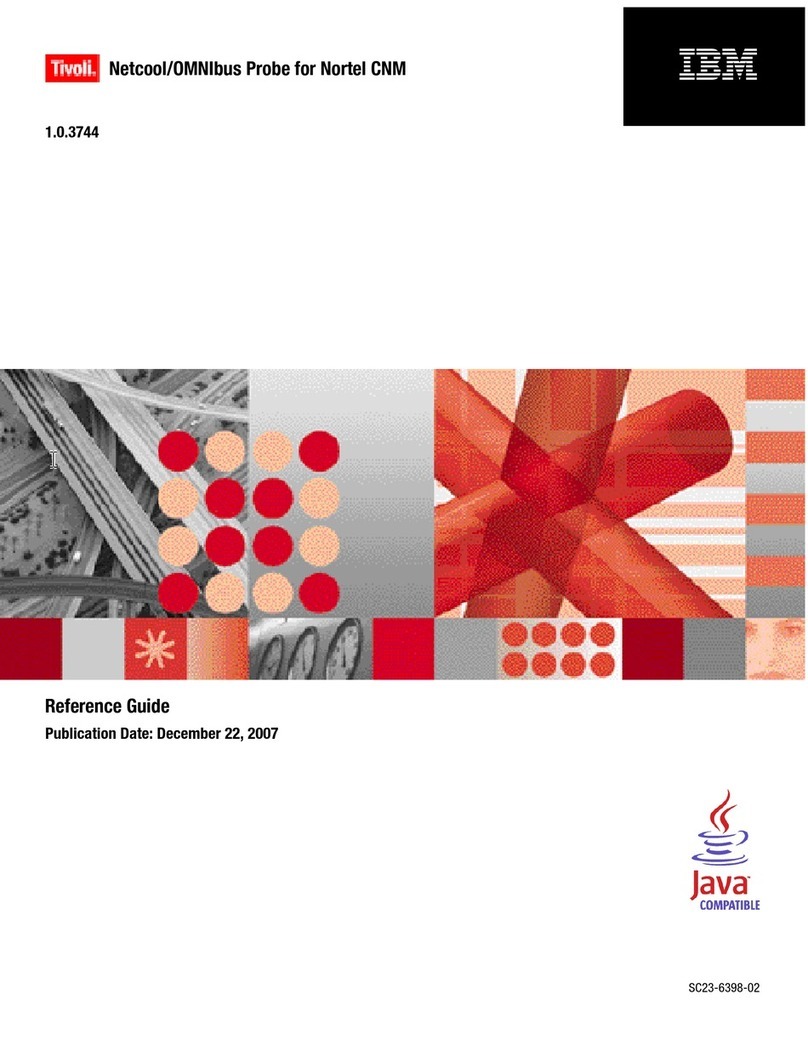
IBM
IBM Netcool/OMNIbus Probe for Nortel CNM User manual
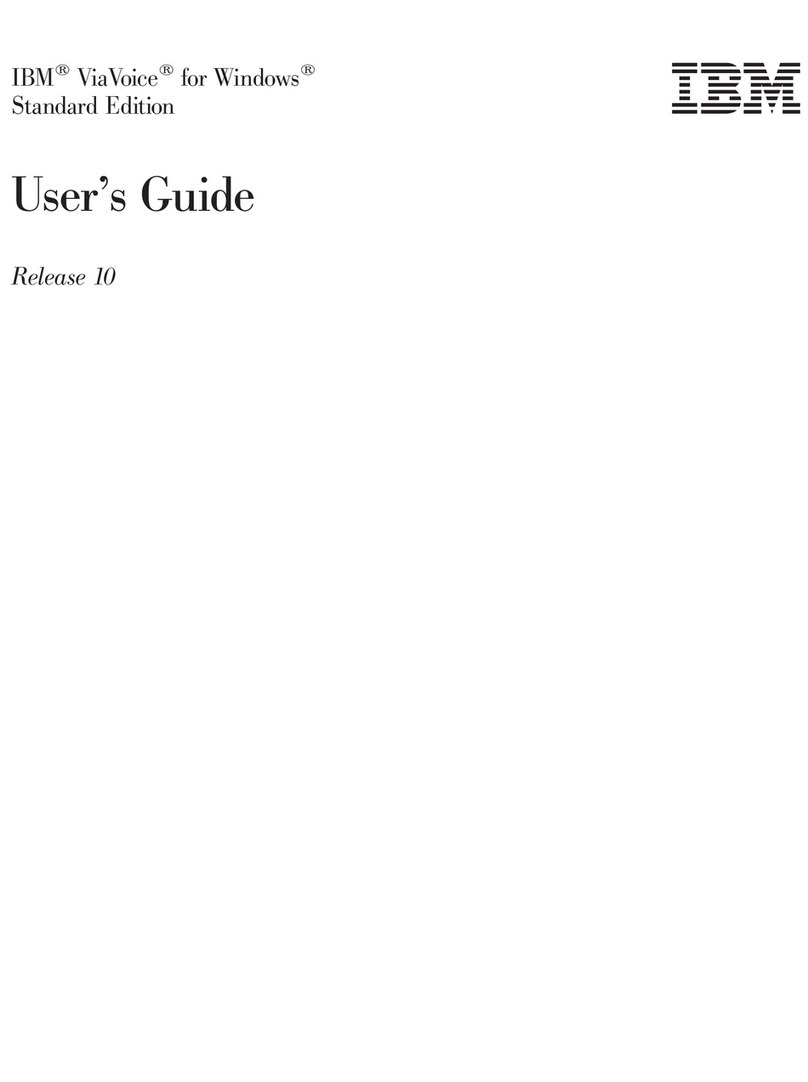
IBM
IBM VIAVOICE 10-STANDARD EDITION User manual
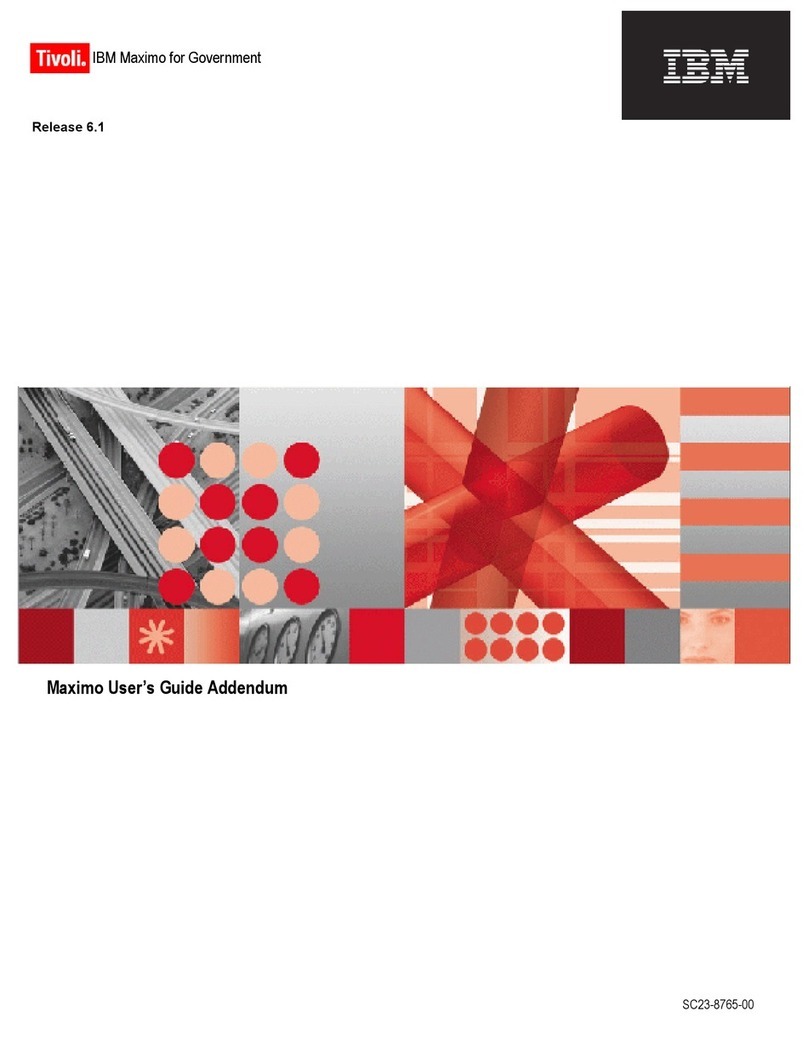
IBM
IBM TIVOLI SC23-8765-00 User manual
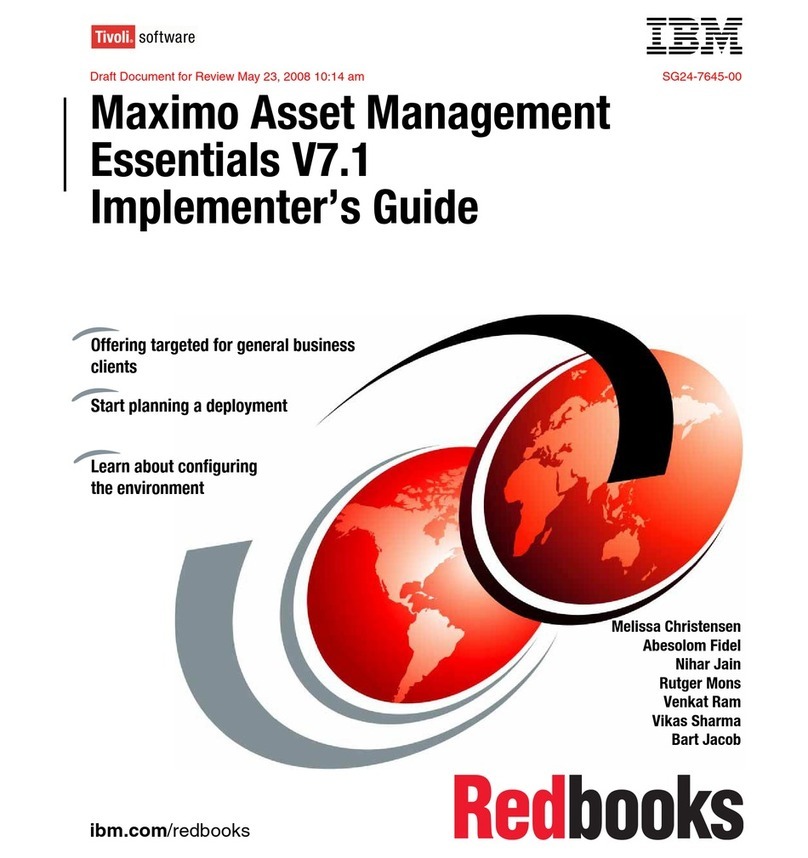
IBM
IBM MAXIMO SG24-7645-00 User manual
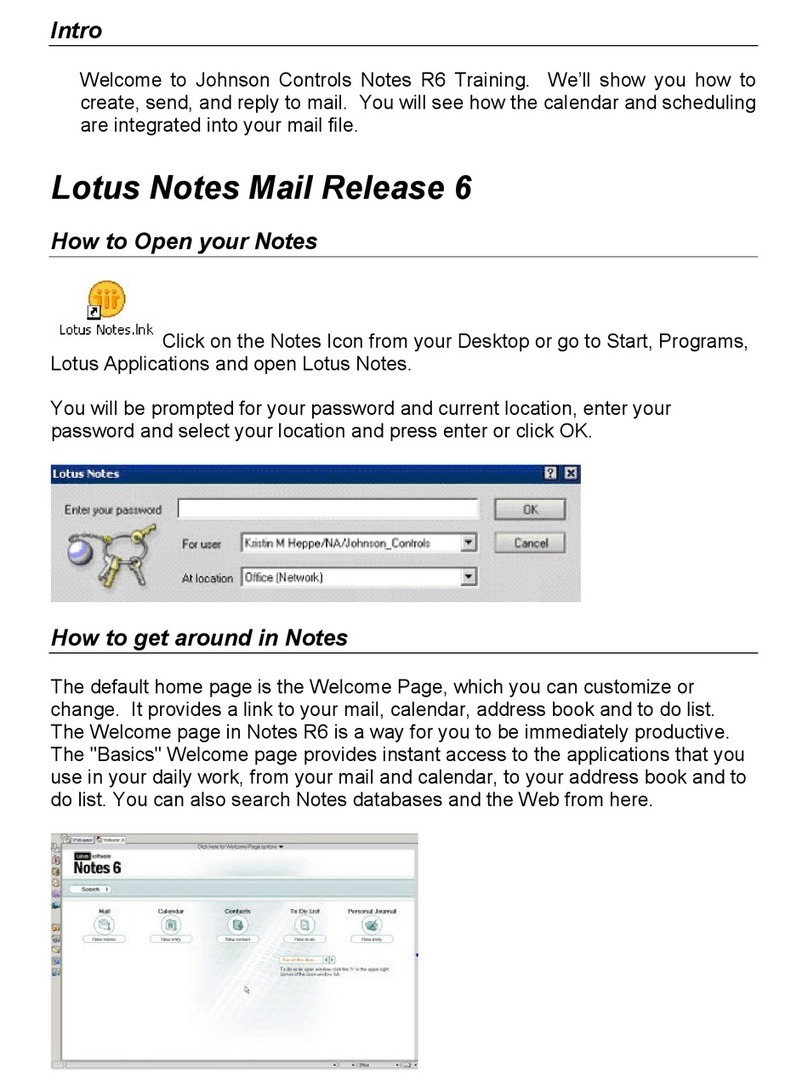
IBM
IBM LOTUS NOTES MAIL RELEASE 6 User manual
Popular Software manuals by other brands
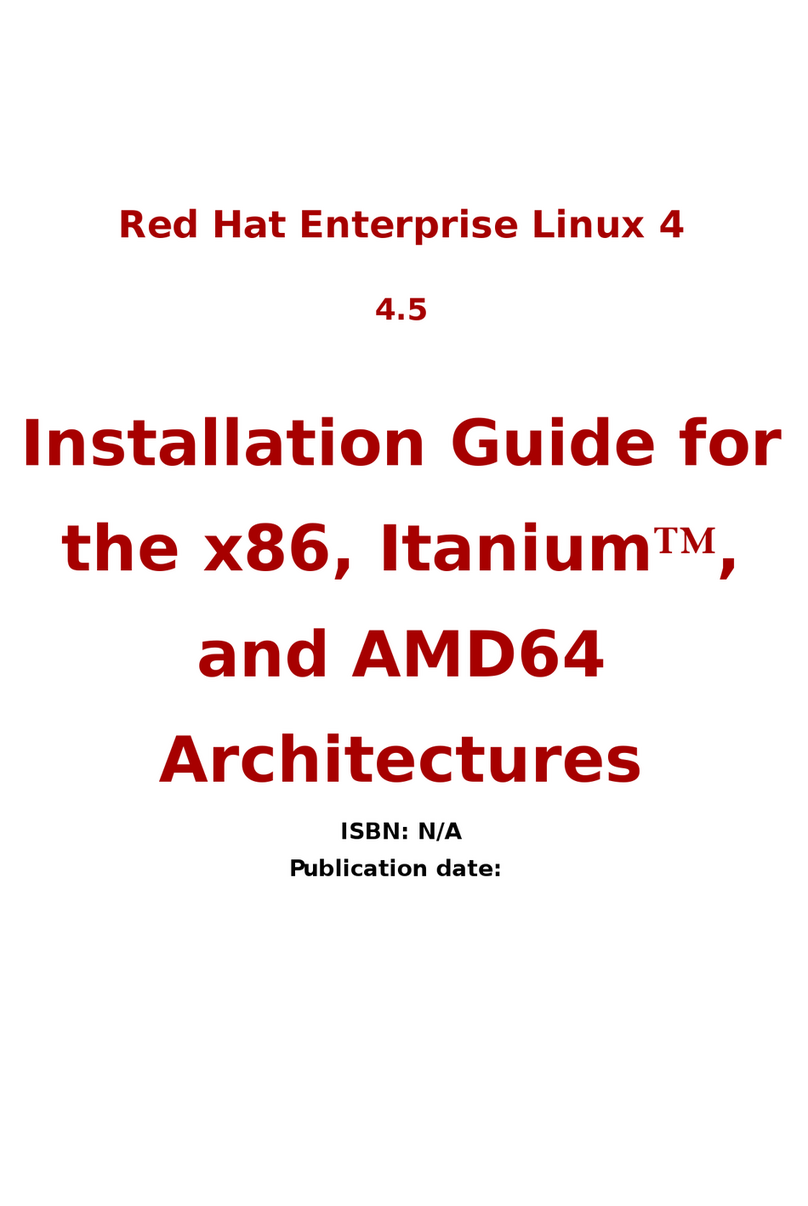
Red Hat
Red Hat ENTERPRISE LINUX 4 - FOR X86-ITANIUM AND... installation guide
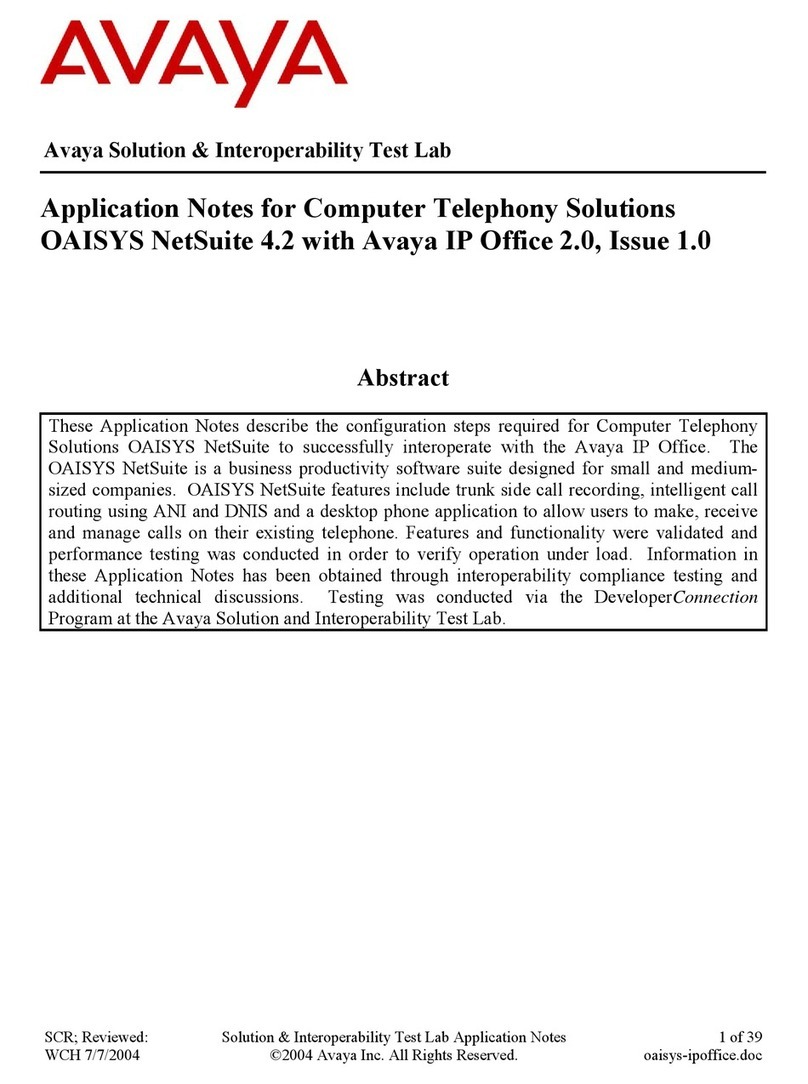
Avaya
Avaya OAISYS NetSuite 4.2 Application notes
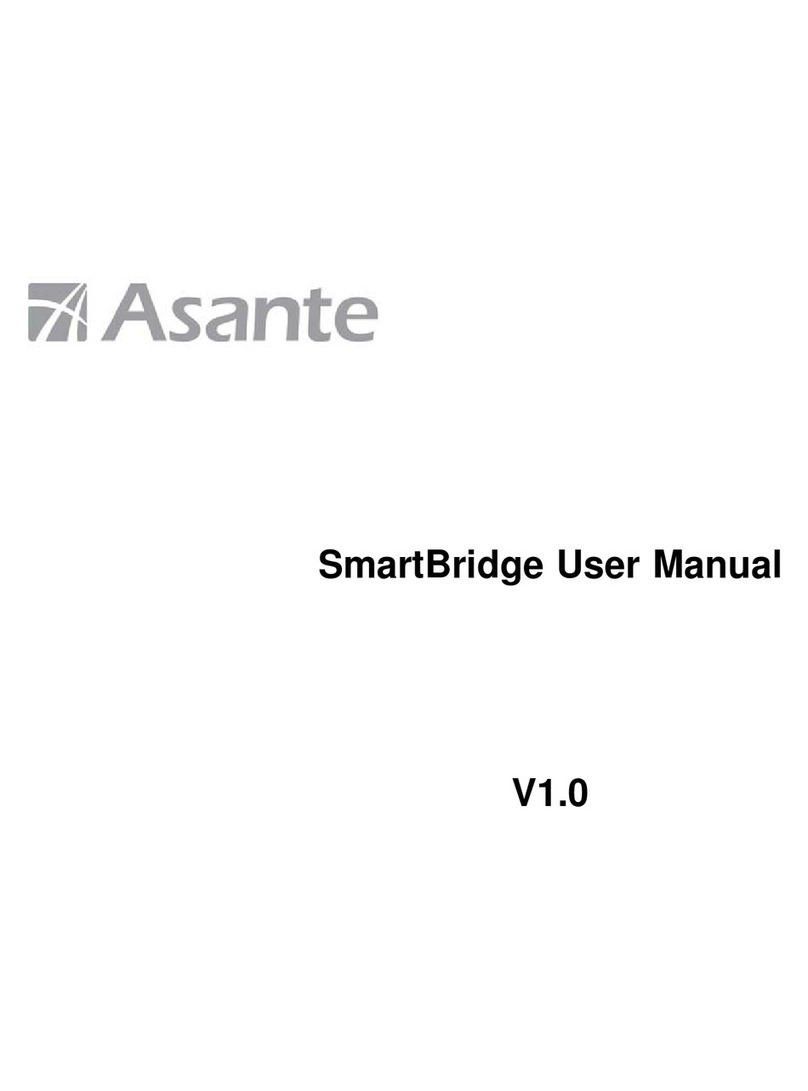
Asante
Asante SmartBridge V1.0 user manual

Xerox
Xerox Wide Format 6204 installation guide

SAS
SAS Scalable Performance Data Server 4.5 Administrator's guide
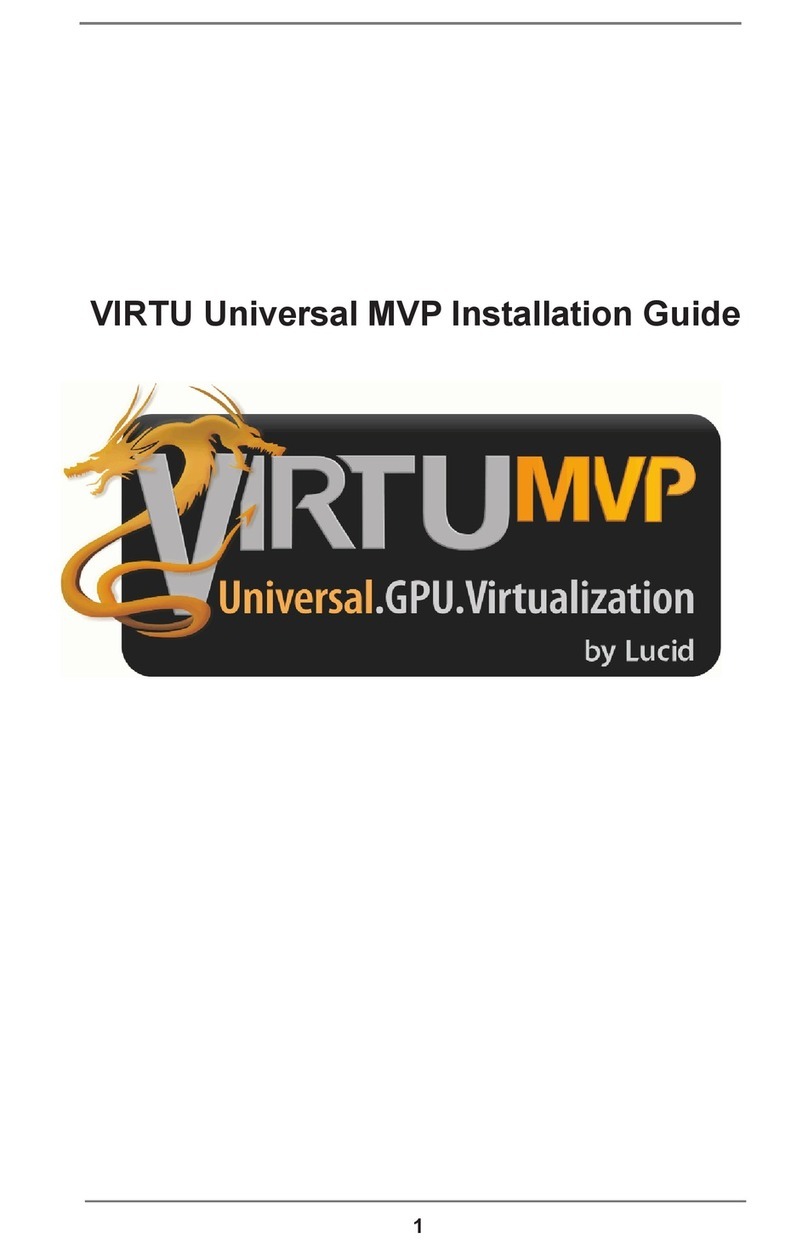
Lucid
Lucid FM2A85X Extreme6 installation guide
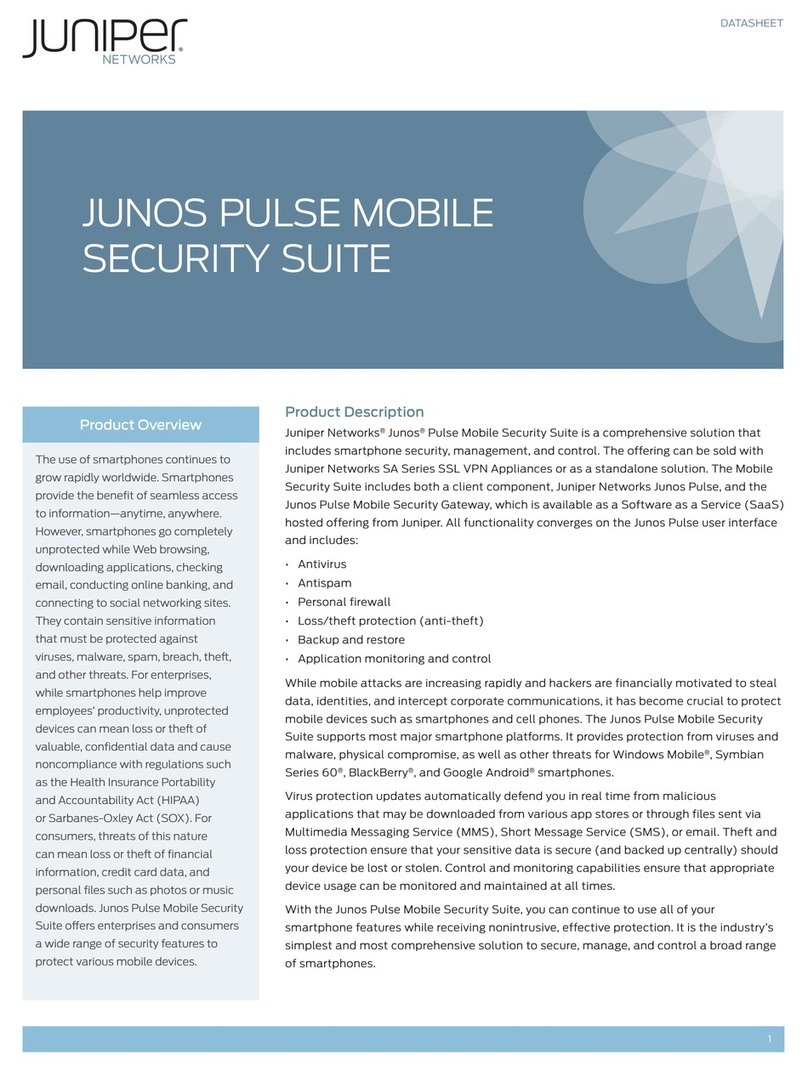
Juniper
Juniper JUNOS PUS MOBILE SECURITY SUITE datasheet
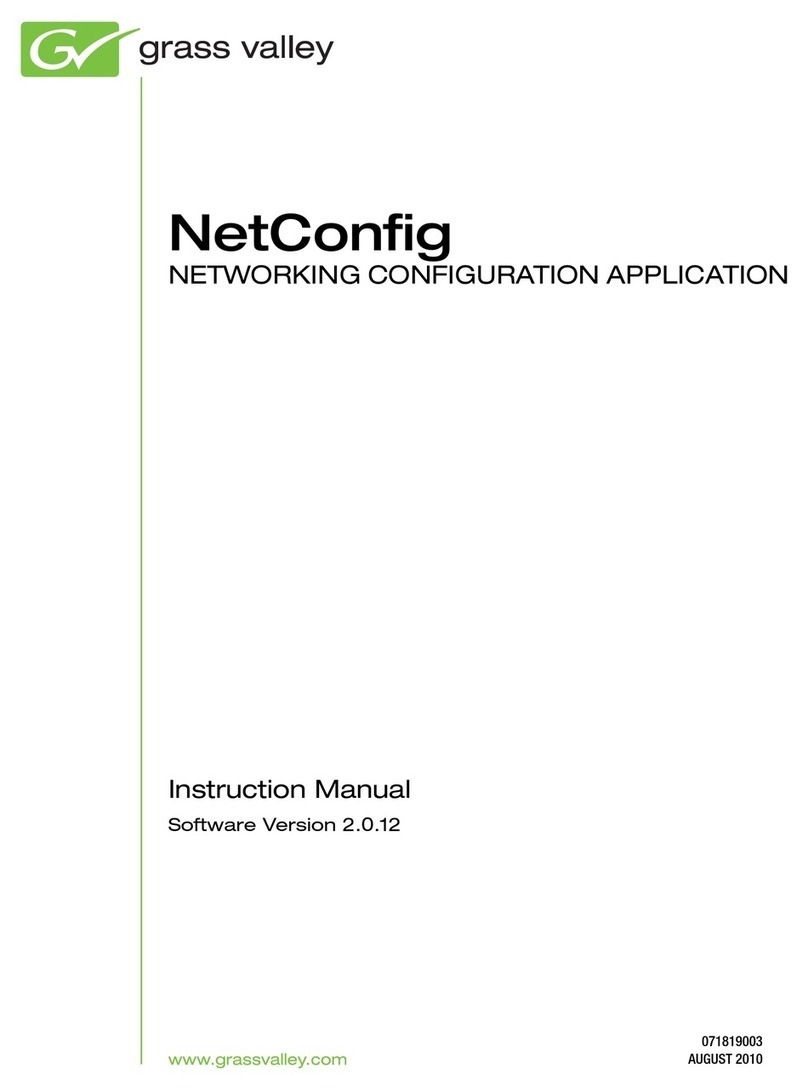
GRASS VALLEY
GRASS VALLEY NETCONFIG V2.0.12 instruction manual

Epson
Epson Stylus Pro 9880 ColorBurst Edition - Stylus Pro 9880... Getting started

COMPRO
COMPRO COMPROFM manual

Muratec
Muratec OFFICEBRIDGE ONLINE user guide

Oracle
Oracle Contact Center Anywhere 8.1 installation guide
